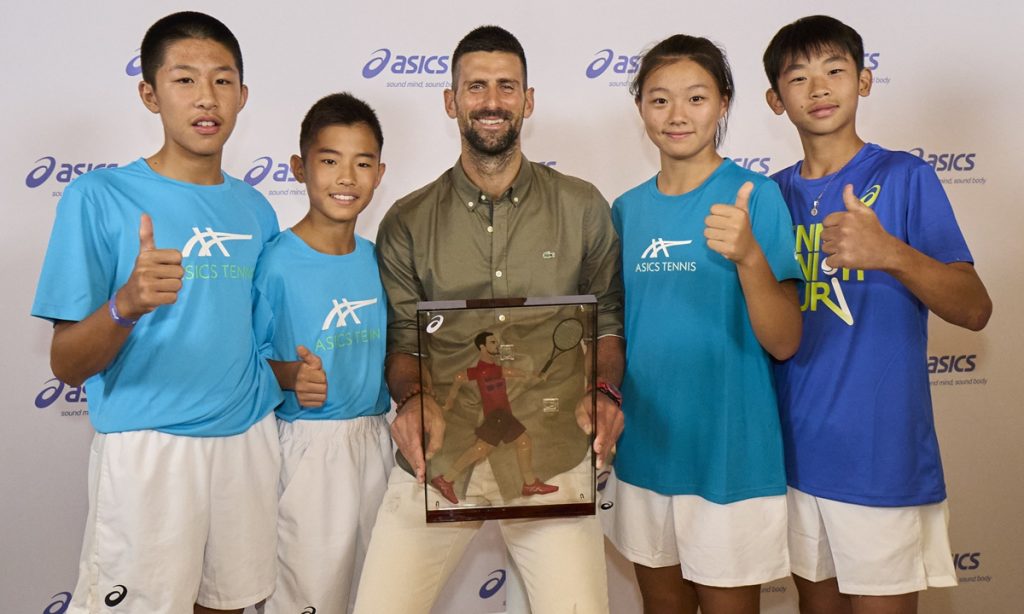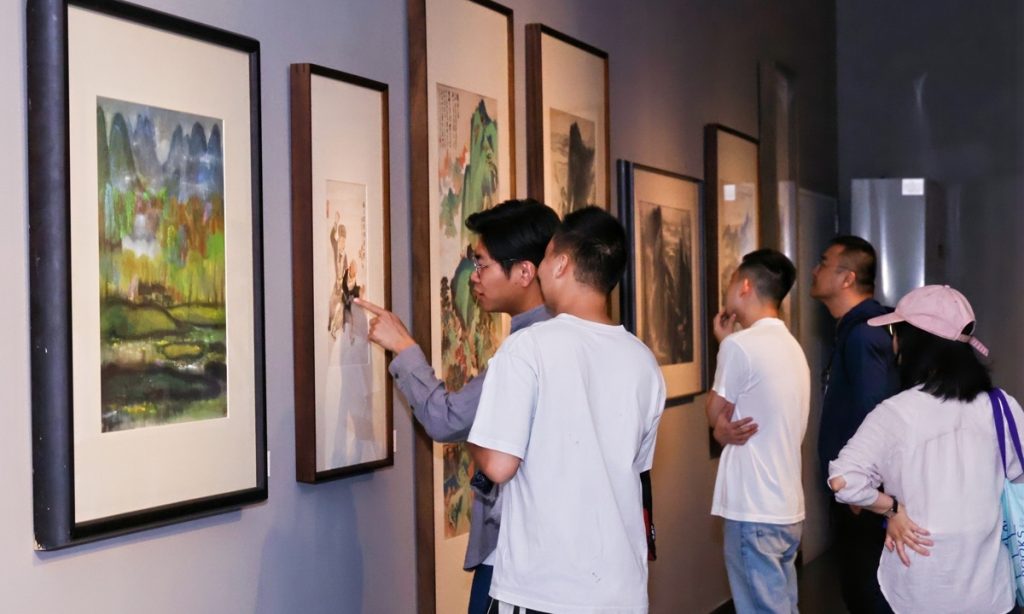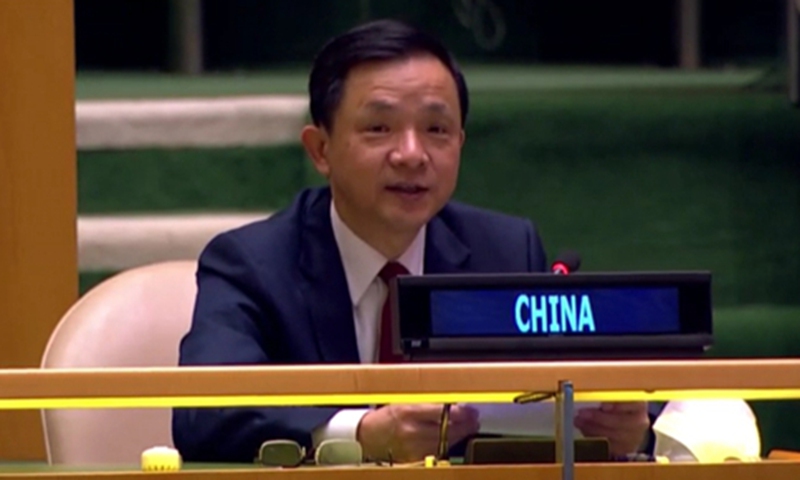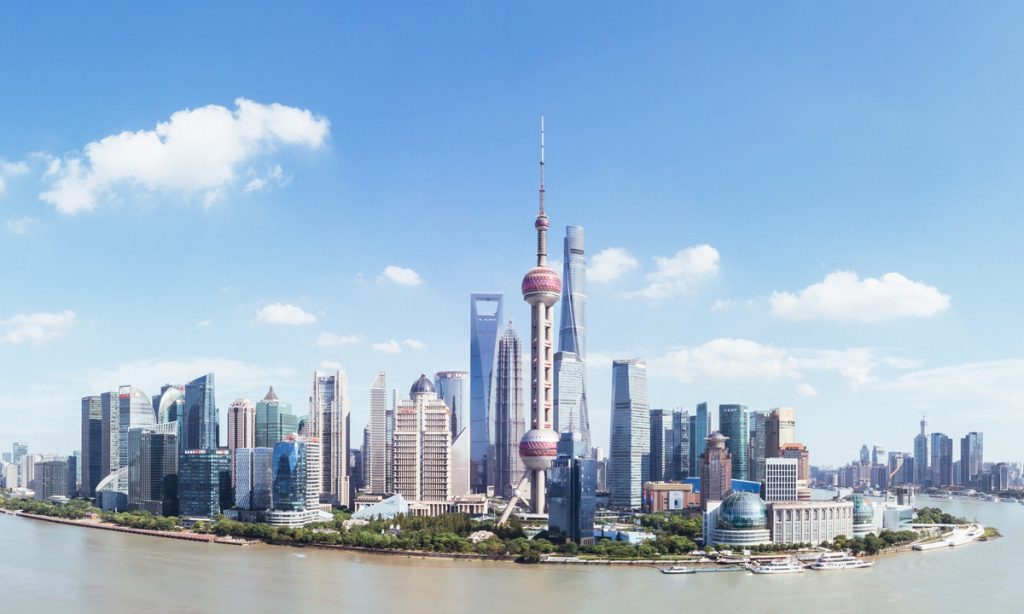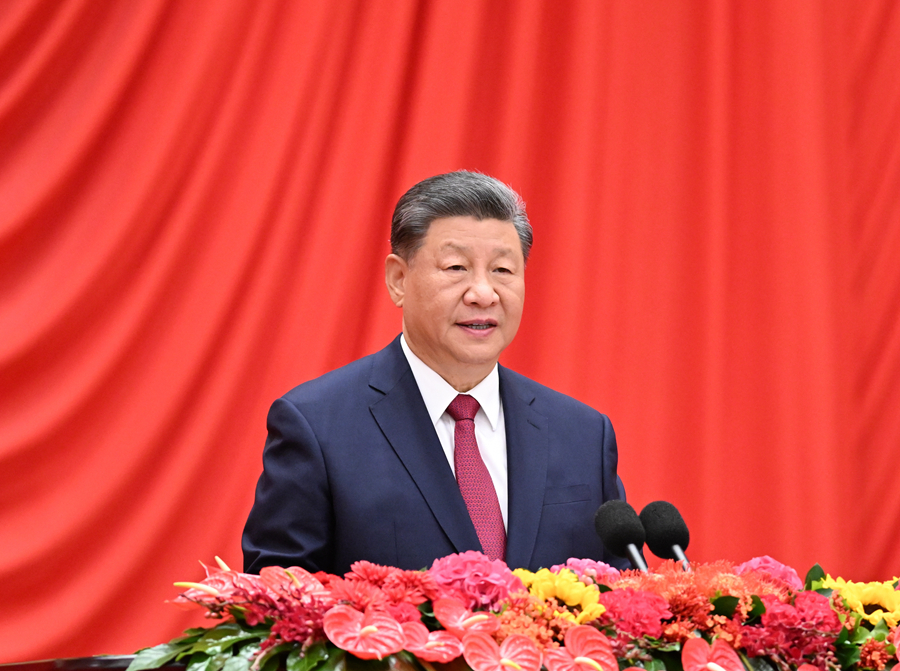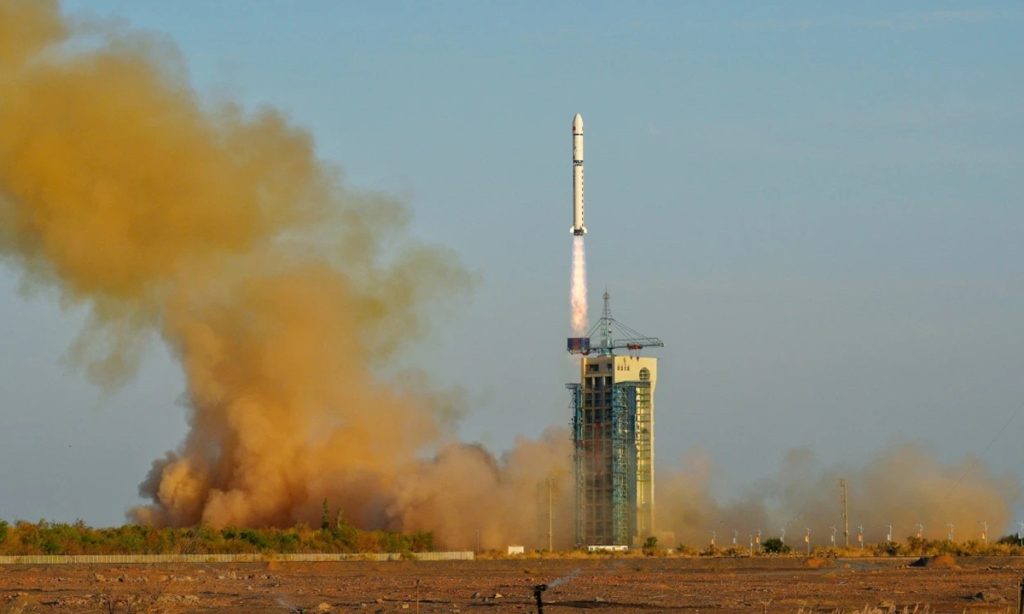EU votes to impose definitive tariffs on Chinese EV imports, urged to approach the final measures with caution

The EU voted on Friday to impose definitive countervailing duties on imports of battery electric vehicles (BEVs) from China.
An European Commission (EC) statement indicated that its proposal to impose the tariffs obtains the necessary support from EU member states during a vote on Friday. The tariffs will last for five years.
Citing diplomats, AFP reported that 10 countries, including France and Italy, supported the imposition of tariffs of up to 35.3 percent, in addition to the existing 10 percent tariff. Five countries, including Germany and Hungary, voted against the proposal, while 12 countries abstained.
“This outcome is disappointing. Such trade protectionism undermines the principle of mutual benefit and the win-win results that have characterized China-EU economic and trade relations over the past decades,” Yang Chengyu, an associate research fellow at the Institute of European Studies of the Chinese Academy of Social Sciences, told the Global Times on Friday.
Experts believe that the divided attitudes within the EU reflect concerns that protectionist practices, which limit competition, could have adverse effects on related sectors within the bloc, impacting technological innovation, the green transition, and consumer interests. Moreover, such measures could affect perceptions of the EU's commitment to market openness and free trade. This situation underscores that, instead of industry and economic considerations, a range of political factors have influenced the tariff decision, Cui Hongjian, a professor at the Academy of Regional and Global Governance with Beijing Foreign Studies University, told the Global Times on Friday.
The China Chamber of Commerce to the EU on Friday expressed deep disappointment with this voting outcome and is strongly dissatisfied with the EU's adoption of protectionist trade measures. The Chamber strongly encourages the EU to approach the final measures with caution, delay the implementation of these tariffs, and prioritize resolving disputes and trade tensions through consultations and dialogue, according to an announcement sent to the Global Times.
Such tariffs will not strengthen the resilience of local industries in Europe or other markets; instead, they risk deterring Chinese investments, undermining the competitiveness of the European market, and diminishing the vitality of the global EV supply chain, the Chamber said.
The tariff vote has also drawn opposition from member states and the vehicle industry.
German carmakers Volkswagen and BMW on Wednesday urged Germany to oppose EU's tariff plan for Chinese EVs.
IG Metall, the powerful German labor union, along with employee representatives from the nation's major carmakers, said in a statement on Thursday that Germany should vote against the introduction of EU tariffs on Chinese EVs.
"We say unequivocally: tariffs are the wrong approach because they will not improve the competitiveness of the European automotive industry," they said in a joint statement.
Besides Germany, Spain has urged the EU to seek a compromise and negotiate with China.
Instead of imposing tariffs, the EU should "keep negotiations open ... beyond the binding vote" to reach a deal on prices and the relocation of battery production to the bloc, Spain’s Economy Minister Carlos Cuerpo wrote in a letter to European Commission Vice President Valdis Dombrovskis, as reported by Reuters.
In parallel, the EU and China continue to work hard to explore an alternative solution that would have to be fully WTO-compatible, adequate in addressing the injurious subsidization established by the Commission's investigation, monitorable and enforceable, the statement from the EC said.
In addition to concerns about the long-term effects of tariffs on the EU's auto industry, there are growing concerns regarding their impact on China-EU economic and trade relations, which have already been strained by ongoing trade tensions.
In fact, trade tensions between China and the EU are not limited to electric cars; investigations launched by Brussels are also targeting Chinese solar panels and wind turbines.
Experts believe that it seems unreasonable for China to have no response to EU's such protectionist moves. Cui called to prevent a detrimental cycle of mutual retaliation when articulating China's position. “We need to express our opposition to the EU's approach while also emphasizing our commitment to the broader framework of economic and trade cooperation between China and the EU,” he said.
